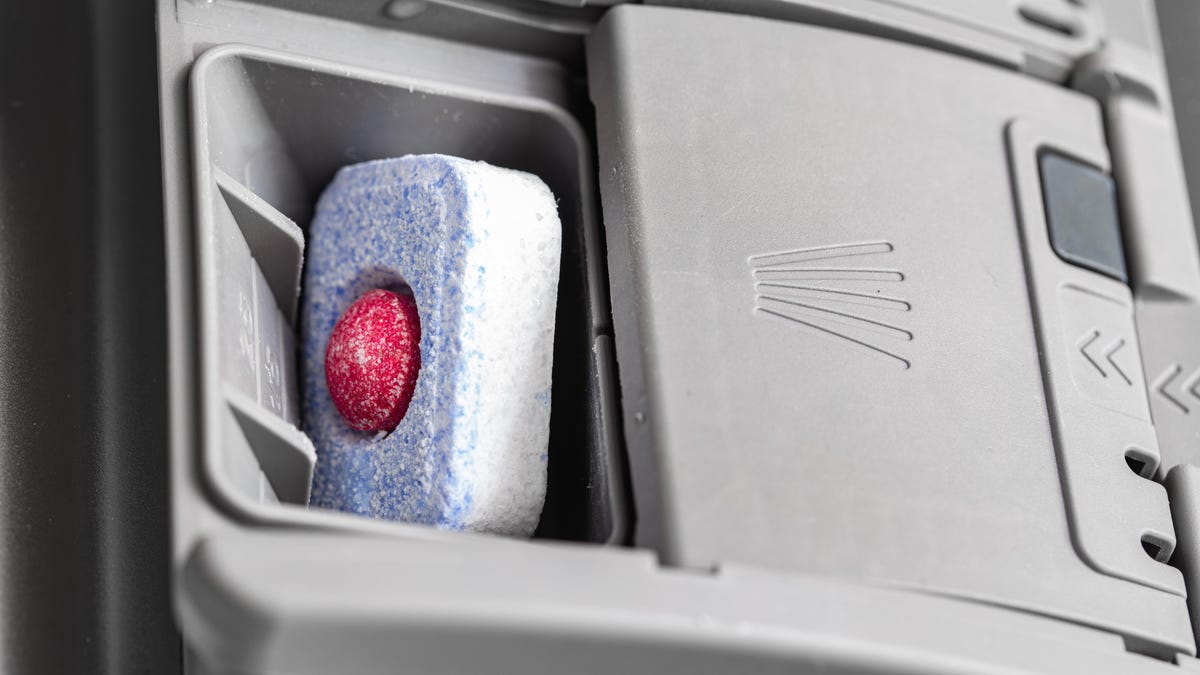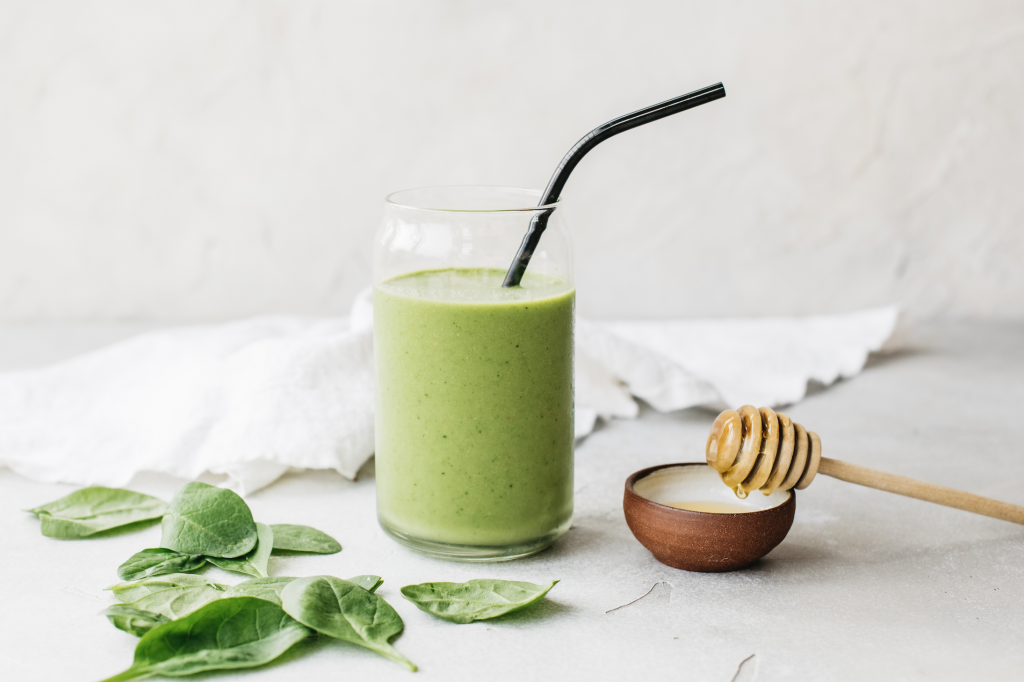How to Make Extra Crispy Red Flannel Latkes
While not straying too far from the original, a little color makes these latkes a little sweeter and earthier.


Credit: Amanda Blum
No one can fault a latke; fried potatoes in oil are going to be delicious no matter what form they take, but I don’t particularly enjoy when recipes for foods specific to Jewish holidays stray too far from the path. I’ve recently seen recipes for wild variations that are no longer majority potato and oil and have thought, "Hmm, not a lot of latke."
However, within the confines of the tater-oil relationship, there’s some room to play, and red flannel latkes are a good way to add color and a little sweetness to this traditional, religious dish. While the hill I’ll die on is latke-shaped and made of potato, oil, onion, and some egg, a little color isn’t going to hurt. The addition of celery root and beets give these latkes some body and a beautiful, rich color and are the source of the "red flannel" moniker. You can make them on their own or alongside their more traditional brethren.

Credit: Amanda Blum
A good shred can still be achieved in a food processor
There are many great thinkpieces on whether it is necessary to hand-grate your potatoes or use a food processor, the idea being that grating by hand will result in more consistent threads of potato, which then results in lacier latkes. I say these folks need more food processor training. If you use a shredding disk on your machine, the key is to use long chunks of vegetable that fit in the feeder tube of the chute that you push through rapidly, resulting in long shreds. When you simply throw vegetables into the chute, bypassing the feeder tube, the vegetables fall horizontally and end up getting macerated against the disk. You certainly can hand grate, I just don’t have the will.
Regardless, you’ll take your potatoes, beet, celery root, and onion (all peeled and broken down into long pieces that will fit into the chute) and pass them through the feeder tube as quickly as possible.
Removing moisture from the latke ingredients is top priority
The goal is to remove as much moisture as possible from the shredded vegetables, and I’m afraid draining alone isn’t going to get it done.
Dump everything out into a colander and mix it by hand so all the vegetables are combined. The vegetables will all take on a beautiful ruby color from the beets. Sprinkle two tablespoons of salt over the vegetables and mix it through. Leave the colander in the sink for twenty minutes to drain. That step alone isn't really enough: to get out all the moisture, take a clean tea towel, dump the vegetables into it, and roll up the towel lengthwise. Twist both ends until tight, over the sink, and then keep twisting. This should put pressure on the vegetables, which will release even more moisture. Repeat this a few times. When no more moisture comes out, spread the vegetables in a flat layer onto a clean cookie sheet lined with paper towels and let it dry. I like to aim a fan at it and leave everything alone for 20 minutes. If you’re pressed for time, you can skip some of these steps to dry the vegetables, but it’ll affect how crispy you can get the latkes.
Now it’s time to add the binder, which is just an egg. Some recipes call for flour or breadcrumbs, but an egg is enough. Make sure it is well incorporated, mixing everything together in the colander.

Credit: Amanda Blum
A double fry ensures the crispiest potatoes
The only thing left to do is cook these latkes up. In as large a fry pan as you have, add an inch of vegetable oil. While olive oil is the traditional holiday oil, it has too low of a burn point. Vegetable oil will tolerate those higher temperatures that will result in lacy latkes. Over a medium-high heat, allow the oil to come to a temperature high enough that a droplet of water will sizzle and dance. Add the peeled garlic cloves; they’re just there to flavor the oil.
Take a heaping tablespoon of latke mix and drop it into the oil. It will form an irregular shape, but should hold together. The pan should accommodate three or four latkes at a time, so continue making them until the pan is full. Flipping a latke is serious business. Do it too soon and the thing will fall apart; do it too late and it’s going to burn. Check your latkes by peeking underneath them, and as soon as they turn golden, flip them. It’s OK to use two spatulas to do so, so you’re not splashing oil around. Do not try to use tongs; these are delicate and will fall apart. You want to turn them over as delicately as possible.
Once they are golden brown on the second side, it’s time to pull the latke out with the spatula and relocate it to some paper towels on a plate where it can dry off.

Credit: Amanda Blum
Here's where I differ from others. I like to give the latkes a second fry in the oil once they’ve all been through once. Double frying potatoes is a long held way to get really crispy exteriors, and with the beet and celery root addition, I find that the second fry really gets the latkes from a little crispy to crunchy on the outside, soft on the inside. I’ve tried an air fryer at this point, but found it dried the latkes out too much for my liking. Once the latkes come out of the second fry and have drained on paper towels, you can serve them immediately, or keep them warm on a cookie sheet in a 350-degree oven for about an hour, or let them cool and freeze them flat.
To keep things traditional, serve these latkes with sour cream or applesauce.

Credit: Amanda Blum
Red Flannel Latkes Recipe
(based on the New York Times recipe)
Ingredients
2 medium-sized gold potatoes
1 medium-sized beet
1 small celery root
1 medium-sized sweet yellow onion
1 egg
Salt and pepper
4 cloves garlic
1 cup vegetable oil
Peel the potatoes, beet, celery root, and onion and cut everything into long chunks small enough to fit through the feeding tube of the food processor chute.
Using the shredding disk on your food processor, push the vegetables through quickly.
Dump everything into a strainer and mix together thoroughly. Sprinkle in two tablespoons of salt and mix again, then leave to drain in the sink for twenty minutes.
Place all the vegetables into a clean tea towel, roll it up and wring as much as possible, two or three times, until you’ve gotten as much moisture out of the vegetables as you can.
Lay out the vegetables on a cookie sheet lined with paper towels and allow to air dry, optimally in front of a fan, for at least 20 minutes. Throw the vegetables back into the colander and mix thoroughly with one egg.
Heat an inch of vegetable oil in a large skillet over medium-high heat. Add a droplet or two of water to the oil. When the water starts to sizzle, the oil is ready. Add your garlic cloves.
Drop a heaping tablespoon of latke mix into the oil, and then repeat as many times as the pan will fit. Check the latkes for a golden color on the bottom, and then carefully, using two spatulas, gently flip the latkes and fry until golden brown on the other side.
Remove the latkes to a paper-towel-lined plate to drain. Once you’ve completed all the latkes, give them a second fry using the same method. This time, wait for them to come to a deeper brown, but watch them closely so they don’t burn. Remove them and place them on a clean paper-towel-lined plate and serve immediately. You can keep them hot in the oven on 350F in a single layer on a cookie sheet for an hour if necessary.

 Hollif
Hollif 
































